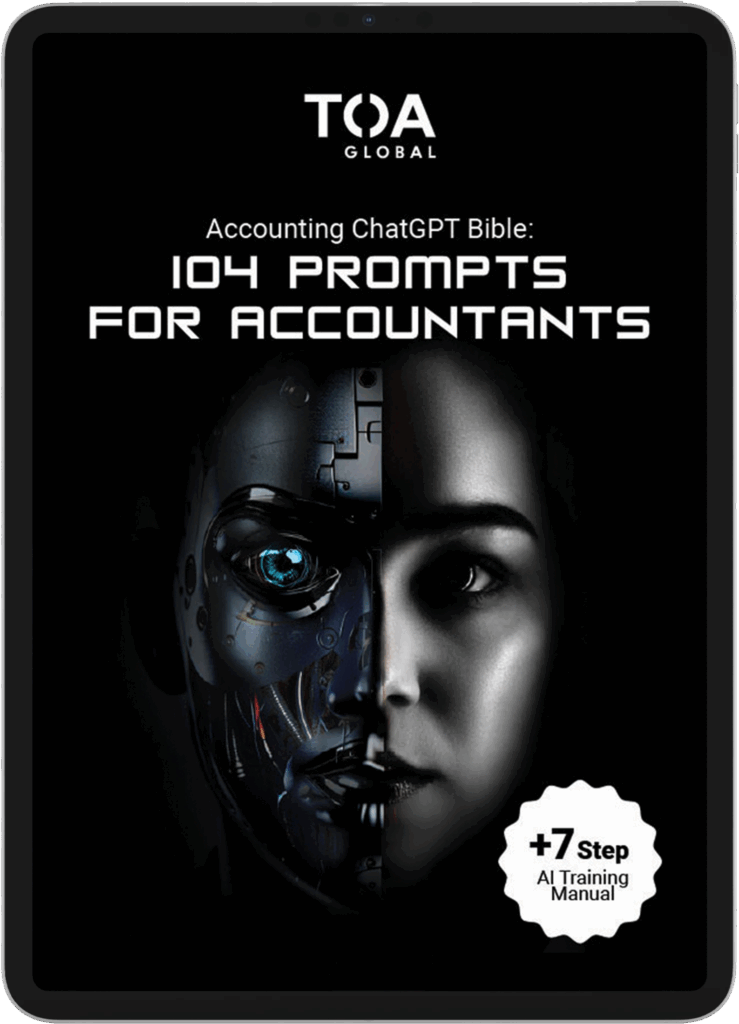Putting a price tag on something you’ve built from the ground up can feel reductive. But as a firm owner, knowing the worth of your tax and accounting practice ensures you pass it on to the right hands and get a fair deal come exit time.
Even if succession plans or acquisitions aren’t on your radar just yet, recognising the attributes that create value in your firm can guide your strategy for lucrative growth. Below, we outline different valuation methods to help you get started.
How to Value a CPA Firm: Common Methods
CPA firm valuations typically combine multiple methods to determine a reasonable value range. Each method offers different insights into your firm’s worth.
Capitalisation of Future Maintainable Earnings (CFME)
This is the most widely used method for small to medium practices, especially those with fees above $1M. Its formula is straightforward:
Value = Future Maintainable Earnings / Capitalisation Rate
The valuation process involves:
- Analysing at least three years of financial statements
- Adjusting for non-commercial expenses or income
- Calculating average maintainable earnings
- Determining an appropriate capitalisation rate based on risk factors – Chartered Accountants Australia and New Zealand (CA ANZ) and CPA Australia regularly publish benchmarking data that serves as great reference points
For most accounting firms with normal risk profiles, you’ll typically see rates or multiples ranging from 3.4x to 4.2x earnings.
“Rule of Thumb” or Industry Multiplier Method
Value = X Cents Per Dollar of Maintainable Fees
Return on Investment (ROI)
- Formula for calculating an ROI based on a value you have in mind
ROI = (Net Annual Profit / Sale Price) x 100
- Formula for calculating your minimum selling price based on a target ROI
Sale Price = (Net Annual Profit / ROI)
Sale Price = ($100K / 0.25) = $400K
Asset-Based Valuation
Net Asset Value = Total Assets Value – Total Liabilities Value
When calculating your net asset value, be sure to appraise both tangible (furniture, equipment, leasehold improvements) and intangible (intellectual property) assets at their market value.
How Practice Size Affects Valuation Methods
| Annual Fee Level | Valuation Method |
|---|---|
| Under $500K | Typically valued on the cents in the dollar of maintainable revenues |
| $500K - $1M | Still primarily cents-in-the-dollar but with increasing scrutiny on profitability. In some cases, firms at the upper end may find buyers who want to use Capitalisation of Future Maintainable Earnings |
| $1M - $2M | More likely to use Capitalisation of Future Maintainable Earnings |
| Over $2M | Almost exclusively valued using earnings-based methods |
Factors that Influence How Much Your CPA Firm is Worth

- Location
Where your CPA firm is located affects its marketability. Being in highly urban areas exposes you to a larger, more diverse workforce and client pool, but it also usually means higher operating costs.
Conversely, firms in rural areas aren’t as expensive to maintain and attract a loyal client base due to less competition. Both contexts can enhance your valuation.
- Financial Performance
Individuals looking to buy an accounting practice want guaranteed revenue and growth. That’s why firms with recurring accounting services (monthly bookkeeping, quarterly reviews, annual tax preparation) command premium valuations.
Likewise, firms with balanced portfolios across accounting, audit, and advisory services tend to be more resilient to market shifts. Add industry specialisation into the mix and you create differentiation that supports better client retention and positive net cash flow.
- Client Base Characteristics
High client retention rates indicate stable cash flow. In the same vein, longer client tenure suggests service satisfaction, which may mean lower transition risks (clients following their accountants during ownership changes).
Be sure, however, that your firm is not reliant on a small number of clients to generate your total revenue. Otherwise, you risk instability when those clients terminate the relationship.
Your client base should be diversified and include businesses that are financially healthy and are in growth industries.
- Operational Efficiency
Another indicator of sustainability is your CPA practice’s operational metrics:
- Realisation rates – The percentage of actual billable hours charged to clients can suggest effective pricing. If your firm has poor realisation rates, investors and buyers will suspect pricing or service delivery issues.
- Utilisation rates – Achieving your target billable hours per accounting staff highlights your competence in staffing allocation, which supports workflow sustainability.
- Technology integration – Firms with a cohesive tech ecosystem create operational efficiencies that enable scalable service delivery.
- Standardised processes – When you pair a robust tech stack with proper documentation, you reduce reliance on individuals while ensuring consistent service quality.
As any experienced CPA practice advisor will tell you, operationally efficient firms are more attractive to potential buyers because they signal clearer paths to integration.
- People and Culture
Beyond how your accounting firm operates, investors and buyers also consider the strength of your team and organisational culture.
Experienced and tech-savvy employees who can maintain client relationships without relying on founding partners will fetch you a higher valuation.
So, cultivate a work environment that attracts and retains these talents. Take the time to align salaries with industry trends and promote professional development programs.
- Buyer-Seller Compatibility
The better the cultural fit between you and your buyer, the smoother the integration post-close.
Mismatched approaches to communications, service philosophy, and staff management can compromise employee relations. Such conflicts will quickly lead to service disruption, potentially risking client loyalty.
Tips for Valuing Your CPA Firm

1. Normalise Financial Performance
- Standardise owner compensation to market rates
- Remove personal or discretionary expenses
- Adjust for non-recurring items
- Account for differences in office space costs (owned vs. leased)
- Standardise firm investments in marketing, technology, and staff development
2. Assess Non-Financial Metrics
- Client retention statistics
- Staff retention and satisfaction measures
- Service mix and recurring revenue percentages
- Capacity utilisation and realisation rates
- Technology integration levels
3. Work With an Expert
As a firm owner, you’d want the best price from the right buyer. Consider engaging a business appraiser with accounting practice sales experience to identify blind spots in your analyses.
If you find it difficult to separate emotional investment from economic reality, which can happen to most, consulting with merger acquisition advisors focused on accounting can provide the necessary objectivity. They also ensure cultural alignment with the potential buyer, facilitating a seamless integration post-close.
Maximise Your Firm’s Value with Global Talent
Many data points contribute to your firm’s overall profit and price tag. At the technical level, accurate and reliable financial information is required for precise income statements, which will be evaluated by potential buyers.
Investing in automated accounting systems and working with trusted accountants who can make the most of such systems can keep your financials up to date to ensure accurate valuation analysis.
At TOA Global, our professional outsourced accountants maximise practice value through operational efficiency. By delegating routine tasks to them, you can focus on growth and client activities, ultimately enhancing your profitability.
Discover how our expertise can help you build a more valuable practice. Book a chat with us today.


















